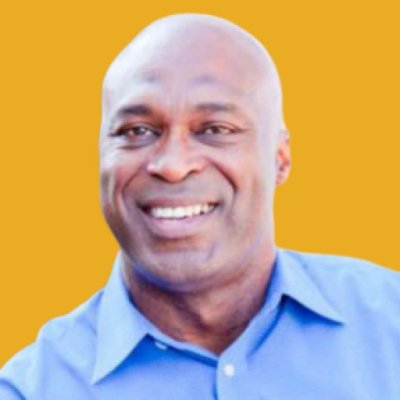📆 Your joke writing challenge topic for today is Life Hacks.
Mastering Accents: The Spice of Stand-Up Comedy – A Comprehensive Guide
Howdy, comedy learners! Ready to fine-tune your American accents for your stand-up comedy classes? Grab your laughter toolkit because we’re going on a whirlwind tour of some of the most distinctive and hilarious regional accents in the U.S. So, let’s hit the road!
😏 TAKE THE QUIZ BELOW
- The New York Accent: It’s more than just a ‘Big Apple’ thing. The key learning points? “Drop the R” and “stress the A-L combination”. So, “water” might sound like “watah”, and “park” turns into “pahk”. Practice this with sentences like, “What are you talking about?” Emphasize the “AW” in “talk” and drop the “R” in “your”.
- The Boston Accent: Head up north and you’ve got Boston. This accent shares similarities with the New York accent, such as the dropped R. But, it often includes an upward inflection at the end of sentences. Another unique feature is the pronunciation of the O-R combination. For example, “car” might sound like “cah”. Try out the phrase: “May the foss (force) be with you”.
- The Southern Drawl: The Southern Drawl is slower and rounded, coming from the back of your throat. Short vowel sounds turn into a diphthong, which means two vowel sounds are combined. For instance, “have” might sound like “havuh”. There is also a mixing of vowel sounds, like “pen” sounding like “pin”.
- The Southern Twang: If we dive into Florida or Louisiana, we stumble upon the Southern Twang. It’s a bit sharper and faster than the drawl and is more nasally. Here, try: “I can’t wait to get me one of those.”
- The Minnesota Accent: Up in the upper Midwest, you’ll find a pure ‘O’ sound distinctive in the Minnesota Accent. Words with a G, like ‘bag’, might sound like ‘beg’. So, instead of “put the soda in the bag”, you might hear “put the soda in the beg”.
- The Californian Valley Accent: Finally, we reach the West Coast with the stereotypical Californian Valley accent, where over-stressed words and de-emphasized words are common. The use of filler words such as “like” is also distinctive.
Remember, these accents are broad and often exaggerated for comedic purposes. Authentic accents are often more subtle and nuanced, and can vary greatly even within the same region. Now, it’s time to practice!
So, whether you’re prepping for stand-up comedy classes or simply want to expand your range as a performer, understanding and practicing these accents is a great way to add depth to your characters and humor to your routines. And remember: May the “foss” be with you!

Which specific sound does the Minnesotan accent stress, particularly in the name of the state?





In the stereotypical New York accent, what tends to happen to the 'r' at the end of words?


- It is replaced by a 'w'.













%%FIRST_NAME%% Way to go 🎉! Keep going! 💪🏆

LEADERBOARD
Rank | Name | Score |
|---|---|---|
| 1 | Julie | 30/30 |
| 2 | Jade | 30/30 |
| 3 | Jennifer B | 30/30 |
| 4 | Alan Salzbank | 30/30 |
| 5 | Zygy | 30/30 |
| 6 | Robert | 30/30 |
| 7 | Jane Joan Costagliola | 30/30 |



